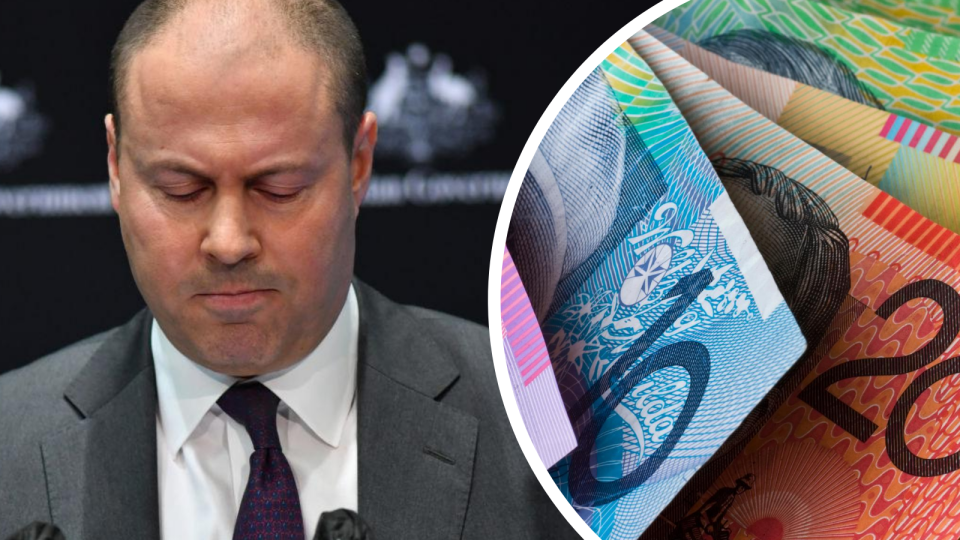‘Dark day’: Australia officially enters first recession in 30 years

Australia has officially entered its first recession in 30 years, after the latest Australian Bureau of Statistics figures showed the nation’s gross domestic product (GDP) fell 7 per cent over the June quarter - the second consecutive quarterly contraction in GDP.
This is the worst economic growth in 61 years, and follows a 0.3 per cent decline in GDP across the March quarter.
"The June quarter saw a significant contraction in household spending on services as households altered their behaviour and restrictions were put in place to contain the spread of the coronavirus,” head of national accounts at the ABS, Michael Smedes, said.
Treasurer Josh Frydenberg confirmed in June that Australia was in a recession regardless of this quarter’s results, but two consecutive contractions in GDP is the official indicator of a technical recession.
On Wednesday, Frydneberg said the figures “confirmed what every Australian already knows - that Covid-19 has wreaked havoc on the economy and our lives like nothing we have ever experienced before”.
Shadow Treasurer Jim Chalmers said that, though the result wasn’t surprising, it was a “dark day” in Australia’s history, and would be “devastating” for millions of Australians and their families.
“The numbers today will be the worst we’ve ever seen on record,” Chalmers said. “If numbers like these can’t prompt a comprehensive jobs plan from the Government then nothing will.”
The Shadow Treasurer called on the government to urgently create a plan for jobs.
“We call on the Government to stop creating distractions, to stop pointing the finger, creating diversions, shifting the blame, cutting super, wages and pensions, and instead to come up with a genuine comprehensive jobs plan to deal with the deepest, most devastating recession in our lifetimes,” he said.
“What Australians desperately need to hear from the Government today, not just in the October budget, is a plan for jobs.”
The figures come as the Reserve Bank of Australia (RBA) revealed it would keep the official cash rate at a record low of 0.25 per cent on Tuesday in a bid to support the nation’s economic recovery.
“In Australia, the economy is going through a very difficult period and is experiencing the biggest contraction since the 1930s,” RBA governor Philip Lowe said.
“As difficult as this is, the downturn is not as severe as earlier expected and a recovery is now under way in most of Australia. This recovery is, however, likely to be both uneven and bumpy, with the coronavirus outbreak in Victoria having a major effect on the Victorian economy.”
Ernst & Young economist Jo Masters told Yahoo Finance that Australia’s economic recovery would resemble the “Nike swoosh”, but with a “very bumpy bottom”.
“What you’re seeing in Melbourne and Victoria more broadly is exactly what creates that bumpy bottom,” she said.
JobKeeper wage subsidy extended
The JobKeeper wage subsidy has officially been extended for a further six months from its 28 September expiry date to March 2021.
Under the new wage subsidy, full-time workers will receive a maximum of $1,200, rather than the $1,500 currently afforded. Employees who work less than 20 hours a week will receive $750 per fortnight.
From 4 January, the payments will decline again. Full-time workers will receive a maximum of $1,000 per fortnight, and those working less will receive $650 per fortnight.
Are you a millennial or Gen Z-er interested in joining a community where you can learn how to take control of your money? Join us at The Broke Millennials Club on Facebook!

 Yahoo Finance
Yahoo Finance 
